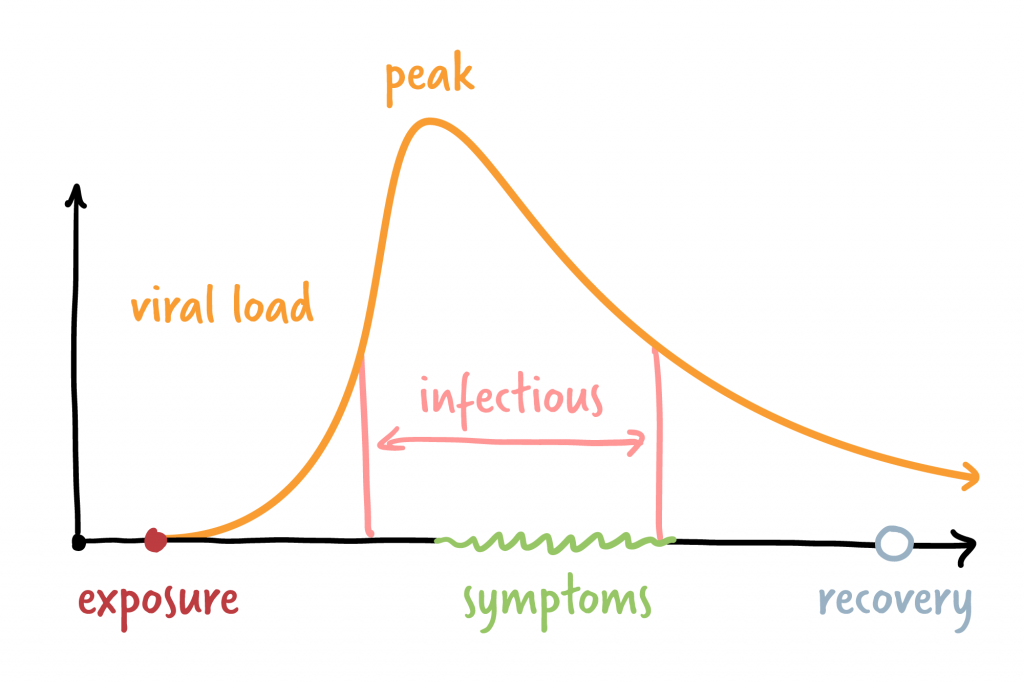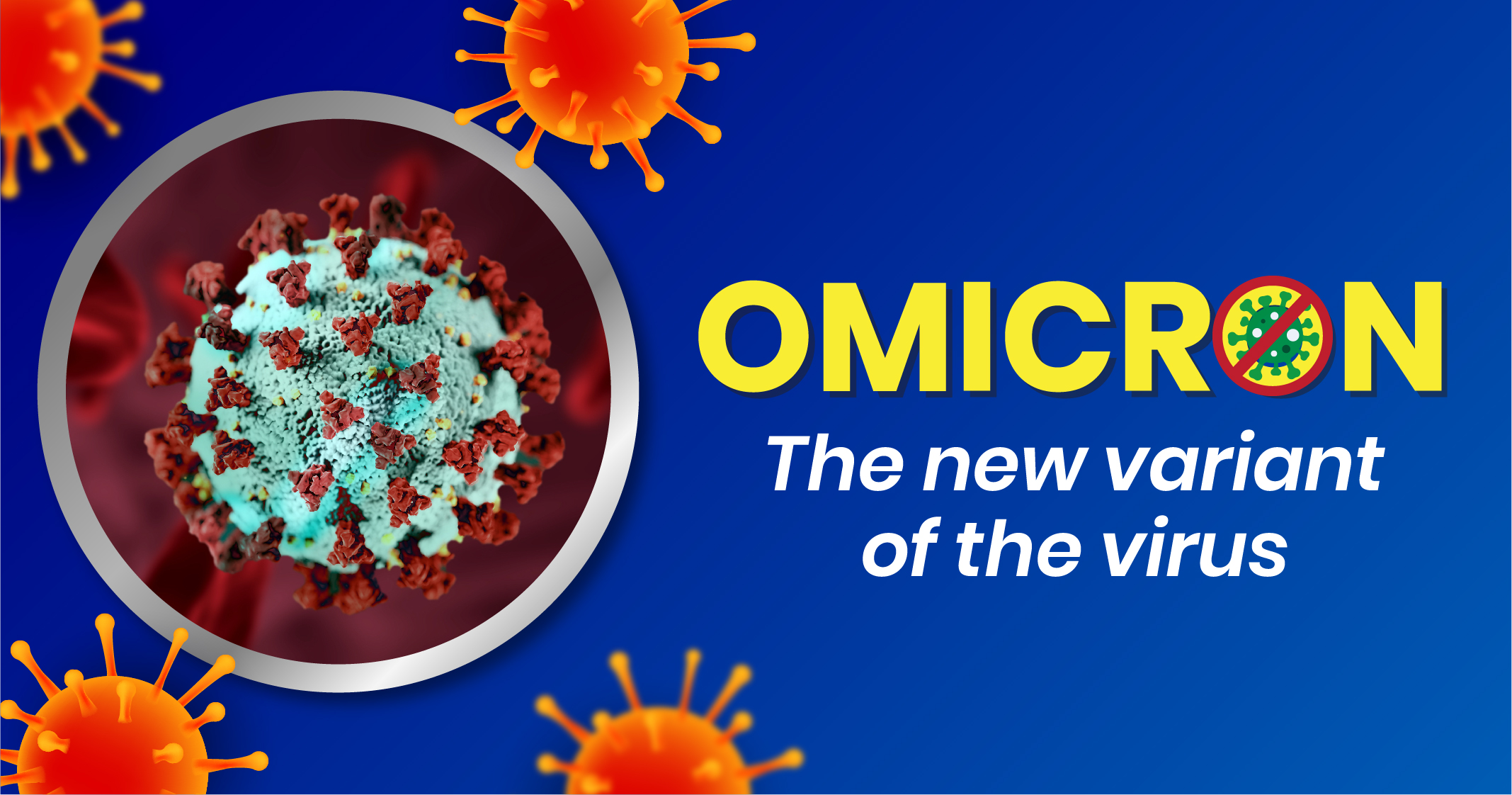Omicron Incubation Period – Health experts and scientists have come up with different studies and their conclusions regarding COVID-19. For you, it might have been a long time since COVID-19 first started back in November 2019, but for the health industry, it is not.
Scientists and health experts working in the medical industry perform several studies on one thing to come up with a conclusion, and a similar thing is also happening with the coronavirus.
Today, we will discuss everything related to the omicron incubation period so that you can ensure your safety based on the latest information. We will also try to understand the whole timeline of COVID.
What is the incubation period?
In the health and fitness industry, the incubation period is known as the time between you getting exposed to something and developing symptoms regarding a similar exposure.
In technical terms, that period is known as the incubation period, and it is among the most important things to understand any virus.
Now, you might ask what is the need for the incubation period as it is just a time frame.
At some levels, you are right, but a lot of things depend on incubation. For example, if you get injured with any rusty metal, every doctor will suggest you get an injection of tetanus, in case you are not vaccinated already.
But, the injection of tetanus is not going to work if you have already passed the infection to the development of symptoms time frame. Apart from that, quarantine and isolation Also depend on the Omicron incubation period, and you cannot contain anyone for your whole life.

What is the omicron incubation period?
Once you have understood the meaning of the general incubation period, now it is time for you to understand the incubation period of the omicron.
From the very first day, health experts and other scientists are looking for the incubation period of coronavirus.
In every study related to coronavirus or its variants, the incubation period of COVID-19 is around 5.6 days. It means that there is a probability that you will start developing symptoms after 5.6 days of your close encounter with someone infected with a virus.
Keeping that in mind, the Centers for Disease Control and Prevention have also updated its isolation and quarantine guidelines. According to those guidelines, you are advised to stay in isolation or quarantine for at least five to 10 days in case you have close contact with someone infected with the coronavirus.
Another thing you should keep in mind is that different COVID variants have different incubation periods.
The 5.6-day average Omicron incubation period is based on the original variant after that. COVID-19 has come up with different variants at different times.
As part of the current reports published by the Centers for Disease Control and Prevention, the incubation period of an omicron is around three days. That is why the CDC recommends a five days isolation or quarantine period for everyone who gets exposed to the virus.
Earliest Time
Every study related to the Omicron incubation period has successfully concluded that there is a probability that you might start developing symptoms related to COVID-19 even after the second day of your exposure to the virus.
Usually, people do not develop symptoms after the second day of their exposure to the virus, but people who have been declared immunocompromised can develop symptoms related to COVID-19 even after the second day of their exposure.
In case you are also struggling with any chronic disease such as cancer, heart disease, lung disease, or other serious diseases, then you should be very careful.
Maximum Time
Suppose you take a look at the quarantine and isolation. Suggested the Centers for Disease Control and prevention case of exposure to the virus, you will find that the Centers for Disease Control and prevention is only suggesting quarantine or isolation. For around 5 to 10 days.
Previous studies containing the original virus of COVID-19 suggested that there is a probability that you might develop symptoms related to COVID-19 from the 2nd to 14th day of your exposure.
The highest probability is going to be around 5.6 days, and you should be very careful Till the 6th day.
Recent studies related to the omicron variant of COVID-19 and its sub-variants have reduced the maximum time of the Omicron incubation period from 14 days to around ten days.
Even the Centers for Disease Control and Prevention have suggested you should not follow any guidelines related to COVID-19, such as isolating or quarantining after the 10th day if you do not develop any symptoms related to COVID-19.
Timeline Of Omicron Variant
Along with understanding the incubation period of the omicron variant, you need to understand the whole timeline of the omicron variant.
As you are already aware, there is a shorter incubation period of the formic run virus, so the whole timeline of your developing symptoms related to COVID-19 is also going to be very short.
Previously or based on the original variant of COVID-19, health experts suggest everyone stay in an isolation court home for at least three to four weeks once they get exposed to the virus.
Usually, people take around seven days to develop symptoms, and they are going to stay in your system for around two weeks. And you can take one week as a precautionary measure to ensure the safety of your friends and family.
Now, the whole timeline has been shortened, and you don’t have to spend a whole month or four weeks in isolation.
Pre Symptoms
The pre-symptoms, also known as the incubation period of omicron, have shortened from the original variant of coronavirus.
Previously everyone was expected to stay in isolation for at least two weeks as there was the probability that you might develop symptoms related to COVID-19 even after the 14th day of your exposure to the virus.
Now the whole situation has changed as the Centers for Disease Control and Prevention have also shortened the isolation and quarantine period after your exposure to the virus.
The incubation period of omicron is around three days, and you can endure isolation after five days if you do not develop any symptoms related to COVID-19, even after your Close encounter with someone infected with COVID-19.
The maximum number by the CDC is around ten days. But, most people do not develop symptoms related to COVID-19 after five days of their close encounter with the virus.
Duration of Symptoms
Similar to the incubation period of omicron, the duration of symptoms has also reduced substantially in the last few months, even though the Centers for Disease Control and Prevention have lowered the maximum isolation and quarantine period for people who have tested positive for the virus.
The CDC believes that people can get better after five days if they start developing symptoms related to COVID-19. As per the latest guidelines, if an infected person spends 24 hours free without using any fever-reducing medicine, they can end their isolation.
At the same time, they should also make sure that every symptom related to COVID-19 is not getting serious. In case you do not require medical assistance and you are getting better from the symptoms, then you can end every precaution related to COVID-19 after the 10th day of the development of the symptoms.
For example, if you were exposed to the virus on the 1st of July and started developing symptoms on the 5th of July, it means that you can stop following every COVID protocol after the 15th of July. You just have to follow one condition, and that is you are not getting severely ill due to the virus.
Post-COVID
The Centers for Disease Control and prevention or other health agencies of the United States do not suggest everyone stay alert post-COVID.
But health experts around the world have already issued several statements regarding a person being contagious of the virus even after successfully recovering from the symptoms.
As a precautionary measure, you can keep using your mask and maintain social distancing for at least 5 to 7 days. These precautionary measures are going to help you ensure the safety of your friends and family.
Even the CDC has mentioned in its guidelines related to isolation and quarantine once you get infected with the virus that you should keep following every covert protocol even after you have successfully recovered from COVID-19 and ended your isolation.
The CDC has given a timeline of 10 days starting from the first day if you develop any symptoms related to COVID-19 or receive COVID positive test report.
There is a provision that you can end your isolation and quarantine after five days if you spend 24 hours fever free without using any fever-reducing medicine. These guidelines also apply to everyone who has not even developed any symptoms related to COVID-19.
The CDC suggests everyone keep following COVID protocol till the 10th day as a precautionary measure.
How long is the omicron variant going to impact our bodies?
The overall time frame of the omicron variant suggests that it can take around 20 days to completely get out of your system. On average, you are going to start developing symptoms related to COVID-19 after the third day of your exposure to omicron, and these symptoms are going to stay in your system for around 7 to 10 days. After that time frame, you can follow COVID protocols as a precautionary measure for one week. The overall time frame suggests that you should be very careful for around 20 days.
